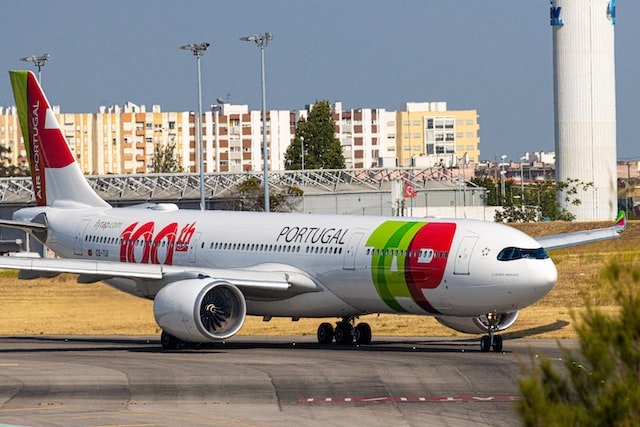Airbus is celebrating the 50th anniversary of its maiden flight. The A300B’s voyage – a world first for a twin-engine widebody commercial aircraft – took off and landed on 28th October 1972 at Blagnac airport, Toulouse. But the historic flight almost didn’t happen.
On this day 50 years ago, the #A300 took to the skies🛫 for the very first time. This incredible achievement and constant design evolution across the family led to the first of many firsts that propelled #Airbus to where it is today.https://t.co/vl078ttkkK pic.twitter.com/vC7rMU0Ymu
— Airbus (@Airbus) October 28, 2022
Weather conditions were too foggy on the scheduled test flight, which had to be cancelled, and the following day there was a risk of high autumnal winds, known as the ‘Vent d’Autan’ in the Occitan capital. The flight went ahead, captained by Captain Max Fischl, accompanied by a Flight Officer and three test engineers, reaching 342.6 kmh and 4,300m altitude.
It was a huge moment for European aviation, the culmination of work that had been going on since before the mid-1960s to develop a 250-seater short-to-medium haul plane. Although Europe was a leader in airline industry tech at the time, it had only secured around 10% of the market, which was still dominated by the USA. By bringing together French, German and UK partners (Sud Aviation, Deutsche Airbus, Hawker Siddeley and Rolls Royce), the twin challenges of inter-European competition and high costs could be faced.
Hawker Siddeley remained as a private partner but the UK and Rolls Royce eventually pulled out. In some ways this turned out to be a blessing in disguise: General Electric’s CF6-50A engine was chosen for the A300. Its already proven technology helped to reduce research, development and certification costs.
Before the launch many other changes happened. Capacity was shifted, first up towards 300 and eventually down to 225 passengers. Thanks to this, a new fuselage cross-section design evolved, fitting in eight seats in a row and two aisles. The renamed A300B was born – and its programme was formally launched in a mocked-up fuselage at the 1969 Le Bourget Airshow.
This kind of international collaboration, drawing on and developing established centres of excellence, was rare. Expertise from previous projects, from Caravelle to Trident to Transall to Concorde, was shared and a new industrial model was pioneered. Innovations included cross-cultural critical design analysis and the internationalisation of the supply chain and assembly process – which remains largely the same today. Only 4% of the overall work on the aircraft took place on the final assembly line.
Production started just one month to the day before the A300B’s first flight. Over time its length has changed, growing 2.6 metres. Its range increased. New wings, new rear fuselage, additional passenger rows and freight variants were introduced. Among its claims to fame, it had the first two-man forward-facing cockpit for a twin-aisle, and the first electrical signals for secondary controls.
Today, the A300 has 37 operators and is the third most-operated freighter type worldwide. And at the age of 50, Airbus has gone truly global with manufacturing, assembly and sales across five continents. Happy Birthday Airbus!













